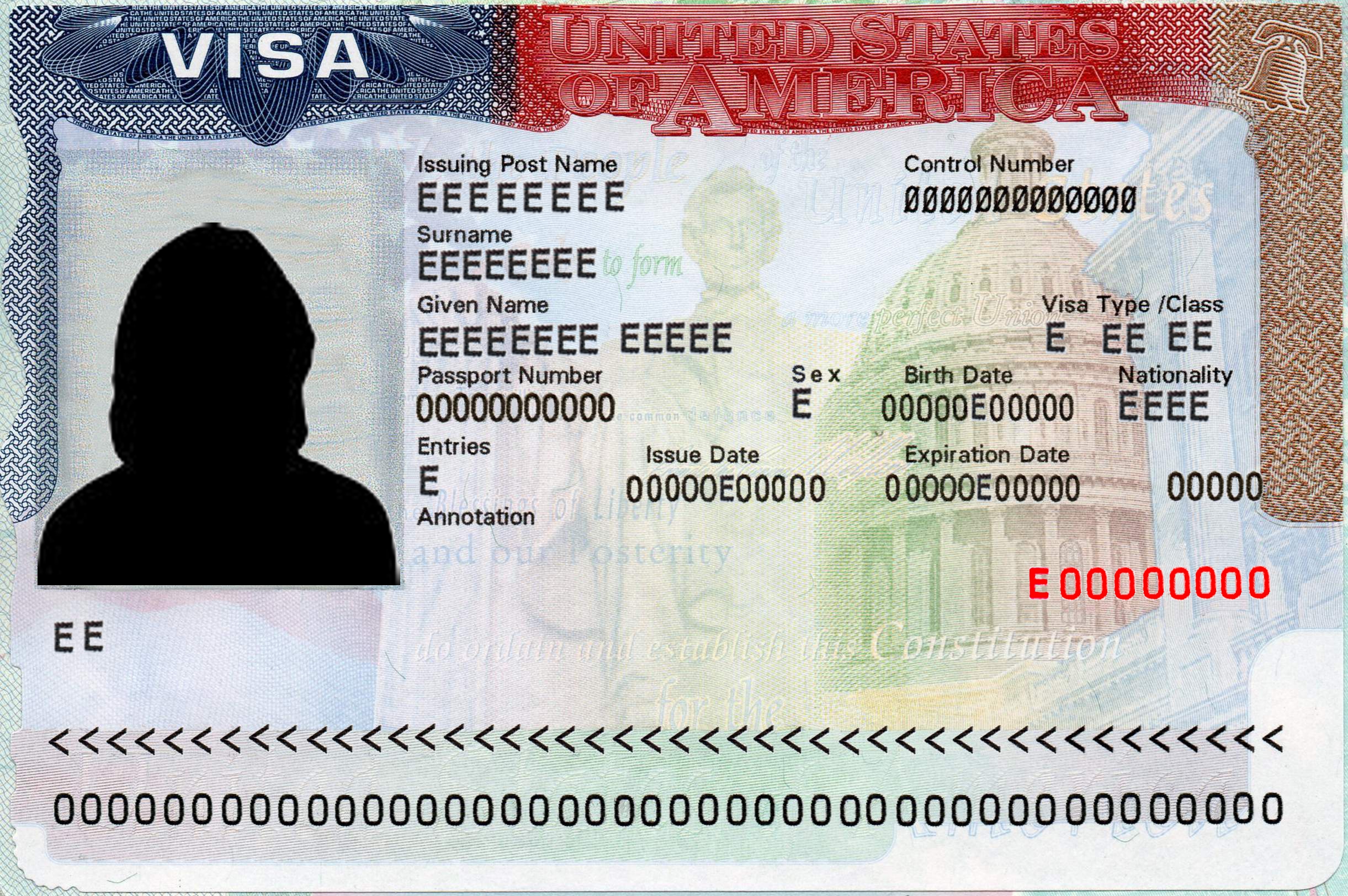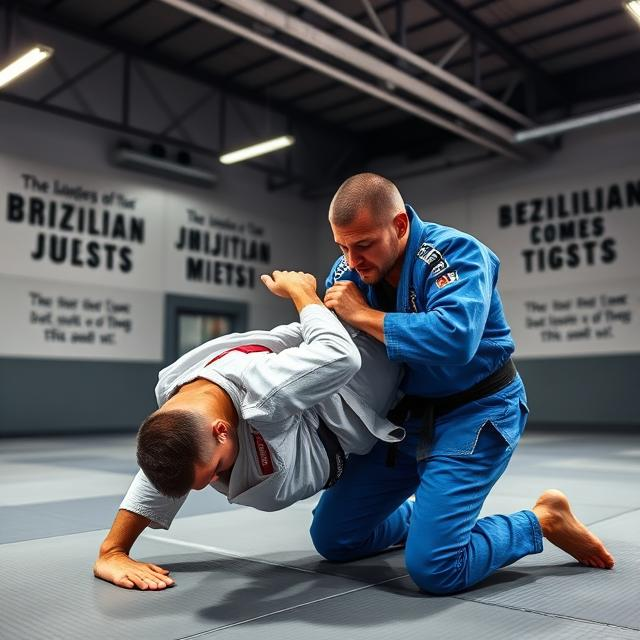Brazilian Jiu Jitsu (BJJ) is one of those martial arts that sounds fancy but is actually incredibly practical. If you’ve ever watched a fight scene in a movie where people are rolling around on the ground like overexcited puppies, then congratulations, you’ve witnessed a BJJ match. While it looks like a chaotic mess, it’s actually a world of strategy, technique, and sometimes—pure sweat.
What is Brazilian Jiu Jitsu?
Brazilian Jiu Jitsu (BJJ) is a martial art that focuses on ground fighting and submissions, meaning that it’s all about taking your opponent to the ground and using a combination of holds, chokes, and joint locks to make them say “Uncle!” It might not sound glamorous, but the beauty of BJJ lies in its simplicity. The technique is based on the idea that a smaller person can defend themselves against a larger opponent, using leverage and technique rather than raw strength.
If you’ve ever wondered, “What’s the difference between Judo and Brazilian Jiu Jitsu?”—well, Judo focuses more on throwing techniques, while BJJ is like the advanced-level, take-it-to-the-ground-and-make-your-opponent-tap-out kind of deal. Trust me, once you’re on the ground, it’s a whole different world.
Brazilian Jiu Jitsu: The Road to the Belt (and Beyond)
In Brazilian Jiu Jitsu, it’s all about those belts—and no, not the kind you wear with your pants. BJJ practitioners start off as white belts and gradually work their way through blue, purple, brown, and black belts. Each belt color represents your level of expertise, kind of like leveling up in a video game, except instead of receiving gold coins, you’re receiving bruises and sore muscles.
One of the things that makes BJJ unique is the belt system. It’s not just about mastering techniques but also about proving your knowledge of them. You can’t just show up and expect to be promoted. You have to earn it. You will sweat, cry, and maybe even question your life choices along the way. But once you earn that next belt, it feels like you’ve conquered the world (or at least survived another round of sparring).
Why Should You Try Brazilian Jiu Jitsu?
Let’s get down to brass tacks. Why should you try Brazilian Jiu Jitsu? Well, here are a few reasons:
-
It’s Great for Self-Defense: If you ever find yourself in a situation where someone is trying to tackle you, you’ll know exactly how to take them down without resorting to punching them in the face (unless you’re really mad, but we don’t encourage that).
-
It’s a Full-Body Workout: BJJ isn’t just about arm locks. It’s a total-body workout. You’ll work your core, legs, and even those little muscles in your fingers that you never knew existed. You might walk into a class thinking you’re in shape, but you’ll quickly realize that your body has been slacking off in a few areas.
-
It’s All About Strategy: Brazilian Jiu Jitsu isn’t just about being the toughest guy in the room; it’s about using your brain and technique to outsmart your opponent. You don’t have to be a giant to win. It’s more about patience and thinking two steps ahead, like a chess game but with sweat and less dignity.
-
You’ll Learn to Tap (Without the Drama): In BJJ, brazilian jiu jitsu out is the standard way of saying, “Okay, you got me!” without any hard feelings. In other martial arts, tapping might feel like admitting defeat, but in Brazilian Jiu Jitsu, it’s just part of the game. You tap, and you get back to rolling (no shame in tapping, unless you’ve been tapping for five minutes straight, then maybe it’s time to re-evaluate your strategy).
Common Brazilian Jiu Jitsu Moves: Don’t Try These at Home… Unless You’re in Class
Alright, now that you know a bit about BJJ, let’s talk moves. Here are some of the classics you’ll eventually encounter when you step onto the mat:
-
The Armbar: This is one of the most iconic submissions in BJJ. You basically extend your opponent’s arm out and then apply pressure to the elbow joint. Don’t worry, though—unless you’re rolling with someone who has a weird sense of humor, this move is pretty safe. Just don’t snap any arms while you’re at it.
-
The Triangle Choke: This one is like a human pretzel maneuver. You trap your opponent’s neck and one of their arms in a figure-four position using your legs. It sounds confusing, but once you figure it out, it’s like, “Wow, how did I do that?”
-
The Rear-Naked Choke: If you’ve ever watched UFC, you’ve seen this move. It’s exactly what it sounds like—a choke from behind. You wrap your arm around your opponent’s neck and apply the squeeze. If done properly, it’s an efficient way to get them to tap without any real harm. But no pressure.
The Mental Game of Brazilian Jiu Jitsu
BJJ isn’t just about physical strength; it’s a mental workout, too. You’ll often find yourself in positions where you’re out of breath and wondering how you got into this mess. But here’s the thing: Brazilian Jiu Jitsu teaches you how to stay calm under pressure. You’ll learn how to think clearly, even when you’re being smothered by someone who’s clearly done their cardio for the day.
It’s like life: sometimes, you get stuck in a chokehold, but the key is to stay calm, look for an opening, and make your escape—whether you’re on the mat or dealing with that super awkward work meeting.
Final Thoughts: Is Brazilian Jiu Jitsu for You?
If you’re looking for a way to get in shape, learn self-defense, and maybe even meet some cool people who share your love of choking (in a totally non-weird way), then Brazilian Jiu Jitsu might be the perfect fit. And hey, if you get a little frustrated, just remember: even the best BJJ practitioners got there by making a lot of mistakes and tapping out plenty of times.
So, go ahead, throw on that gi, find a school, and get rolling. Just don’t forget to bring your sense of humor—and maybe some ibuprofen for the sore muscles that’ll follow.















